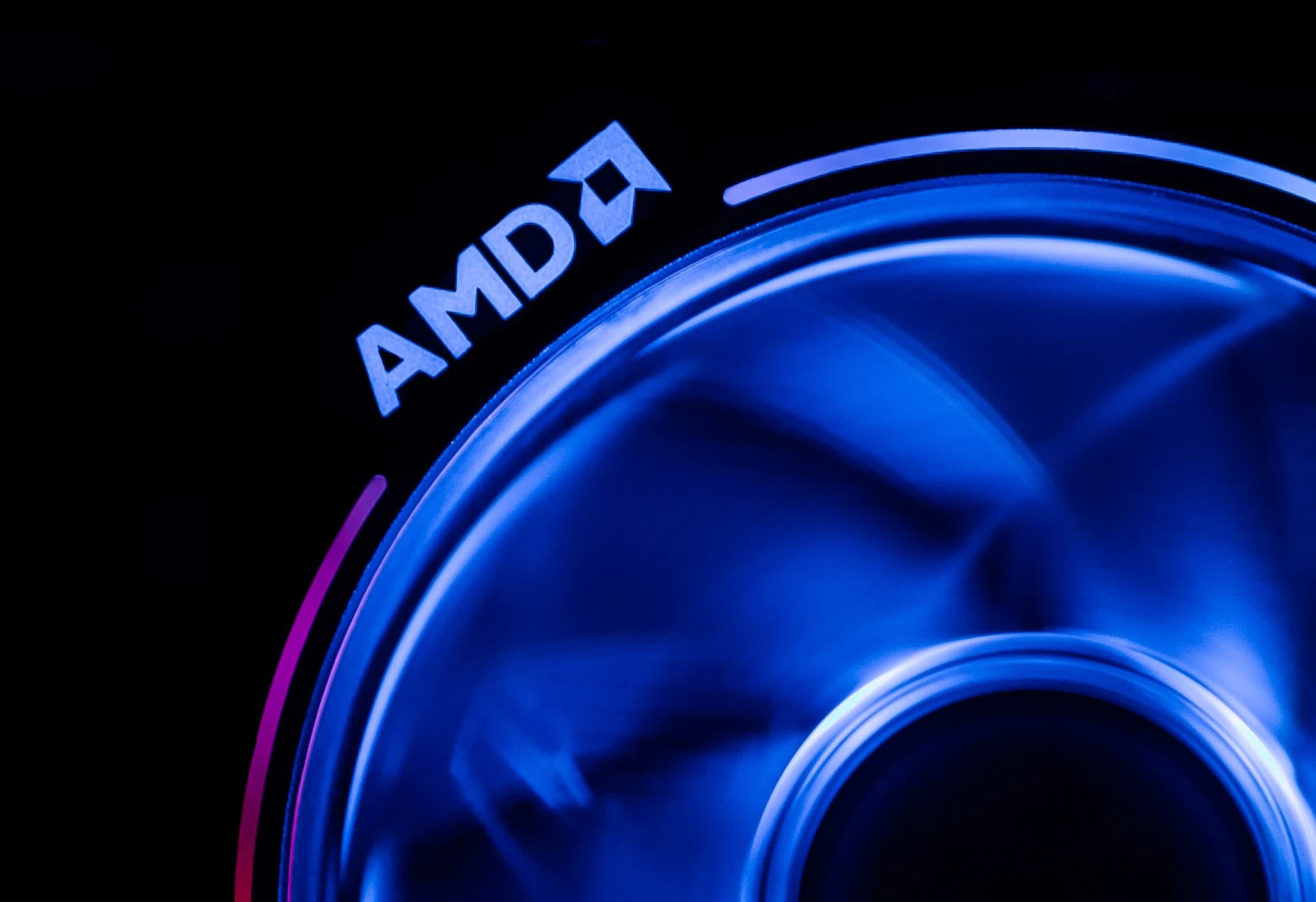What just happened? After announcing its intent more than 15 months ago, AMD has received approval to acquire Xilinx on Monday, Valentine's Day. It will be the second-largest deal in tech history.
Xilinx and AMD began the proceedings at the end of October 2020. It was simple from the outset; both Xilinx and AMD were publicly traded, and AMD wanted to exchange shares with Xilinx. A ratio of 1.7234 was set: for each share of Xilinx a shareholder owns, they will receive 1.7234 shares of the new AMD that has Xilinx under its umbrella.
However, the deal took several months longer to complete than anticipated, possibly due to interference from the Chinese government. Plus, during the period since the announcement, both the general nature of the tech industry and AMD and Xilinx's specific circumstances changed significantly.
From October 2020 to last Thursday, AMD shares have risen in value by 67 percent and Xilinx shares by 82 percent. However, on Friday, both company's shares fell by 10 percent as they announced the finalization of the acquisition.
Based on AMD's Friday opening price, AMD will buy each Xilinx share for $217 worth of its stock, which is also the exact price that Xilinx shares opened at yesterday morning, too. Some further downturns have occurred today, but the company's share prices will continue to move in tandem.
The deal is valued at approximately $53 billion at the current stock values, making it the second-largest acquisition in the tech industry. It's $14 billion behind Dell's 2015 acquisition of EMC and a similar distance ahead of the third-largest---Avago's acquisition of Broadcom also in 2015. That is, if we're not counting Microsoft's massive gaming acquisition of Activision Blizzard for $68.7 billion just a few weeks ago.
At the end of the deal, current AMD shareholders will own about 74 percent of the 'new' AMD, while current Xilinx shareholders will own the remaining 26 percent. Correspondingly, at least two Xilinx directors will join AMD's board, and Xilinx CEO Victor Peng will serve as the President of the Xilinx arm.
But that's just the business side---for AMD, the acquisition of Xilinx is no less significant than its acquisition of ATI in 2006. Although Xilinx is not a household name, it is a major player in the enterprise market and is credited with the invention of the FPGA (field-programmable gate array).
These days, Xilinx makes broadly similar products to AMD, making their unification quite logical. For example, both produce accelerators (like GPUs) for data analysis and AI. While AMD targets the top end of the market with high-performance products, Xilinx produces cheaper, more power-efficient, and more flexible alternatives.
It might take multiple years for the fruits of this acquisition to bear, but they're sure to be sweet.
Image credit: AMD by Maxence Pira, Xilinx Board by Sourabh Belekar

